When you book a paid flight with an airline, you typically have a choice of where to credit the points or miles you’ll earn, especially if the airline is in one of the three major alliances.
In most cases, you can either credit the miles from the flight to the operating carrier or one of its alliance or non-alliance partners. For example, you might be able to earn miles with Air France-KLM Flying Blue when you fly with Delta Air Lines. Or, you could possibly credit the flight to one of Delta’s other SkyTeam or non-alliance partners’ frequent-flyer programs, like Virgin Atlantic Flying Club.
That said, the number of points you’ll earn with one of these partners depends on the fare class of your ticket and the distance your flight covers. Throwing another wrinkle into the equation is the fact that some loyalty programs will award more points than others, even on identical tickets for identical flights. Elite status also comes into the picture as you’ll probably earn elite-qualifying credit with the loyalty program you credit flights to.
In this article, I’ll walk you through some things to consider when deciding where to credit your flights. Then, I’ll walk you through some of the best loyalty programs in each alliance — Oneworld, SkyTeam and Star Alliance — for crediting your paid flights.
For more daily TPG news dropped right in your inbox, sign up for our daily newsletter.
In This Post
Things to consider when crediting flights
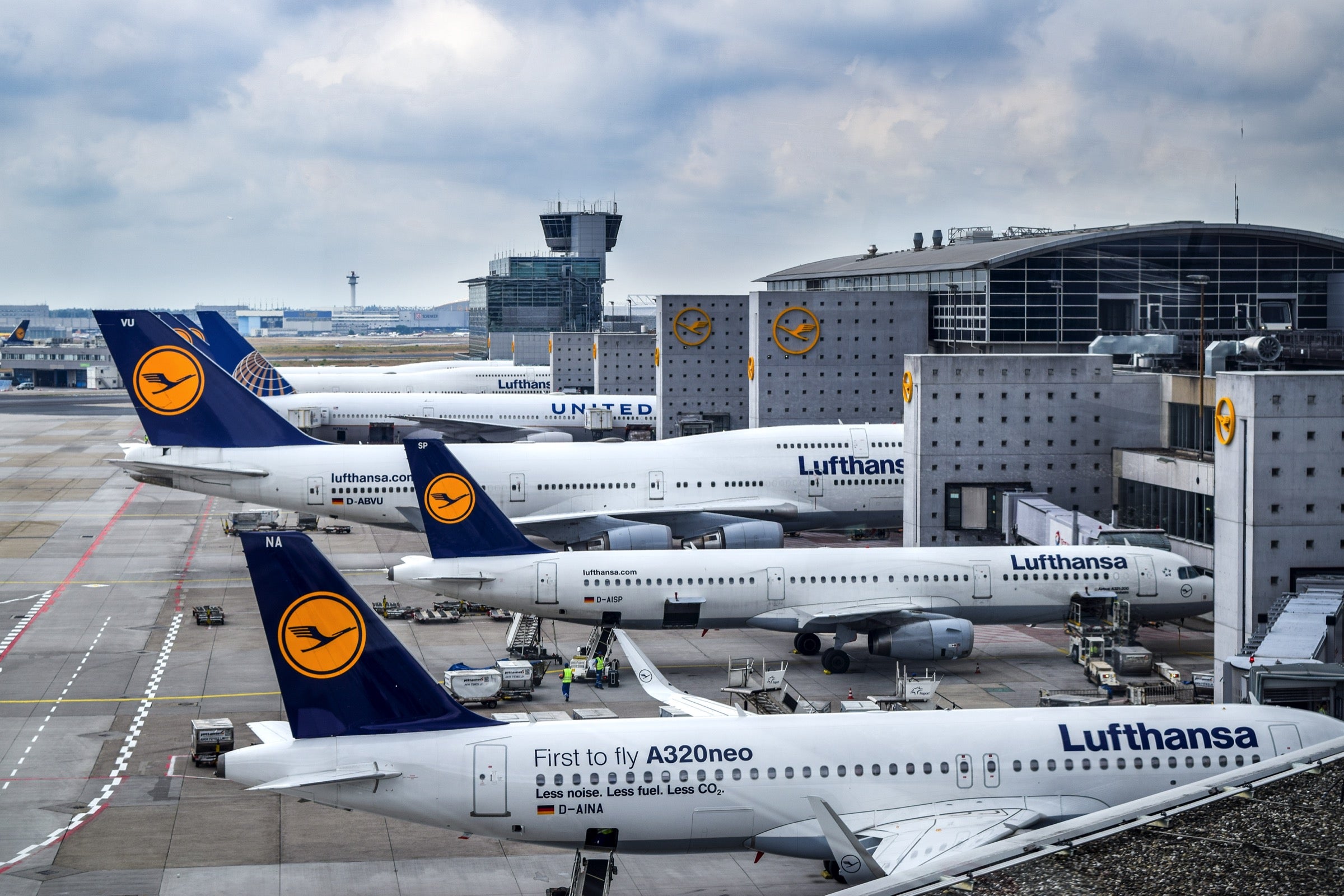
Before we dive into where to credit your flights, it’s important to look at some considerations you should take before you select a loyalty program to begin with. This includes things like earning and benefiting from elite status, and actually being able to use the miles you earn.
Here are three key considerations to keep in mind.
You can only use and earn elite status with the crediting airline
If you have or are chasing elite status with an airline, you should credit your flights to that airline’s frequent-flyer program to ensure you can take advantage of your elite benefits. For example, if you have Delta Diamond Medallion elite status, you should credit any Delta flights you take to Delta SkyMiles so that you’ll be eligible for upgrades and preferred seating. Likewise, you’ll need to credit Air France flights to Delta SkyMiles in order to use your SkyTeam Elite Plus benefits when flying since it will be your Delta Medallion elite status that determines whether or not you get those perks.
This also means you can only earn elite-status metrics on the airline you credit your flights to. Crediting a United Airlines flight to Air Canada Aeroplan will help you earn Air Canada elite status, but not Premier-qualifying flights or Premier-qualifying points toward United Premier elite status.
In short: Don’t credit your flights to a partner if you’re trying to earn elite status with the operating carrier. You’ll want to credit partner flights to the airline you’re working to earn status with. In the case of Delta and United, this can actually make earning elite status far easier in some cases. For example, Delta partner flights earn Medallion Qualification Dollars based on a percentage of miles flown. This means short and cheap partner flights can rack up significant numbers of MQDs — more than short, inexpensive Delta flights would — without breaking the bank.
If you don’t care about earning elite status or are looking for a place to credit a flight operated by an alliance you rarely fly, you can probably skip this consideration completely.
Cheap flights sometimes earn more with a partner
One nice thing about crediting flights to a partner is that you may earn more points when you credit elsewhere. This is especially true when you credit a cheap domestic flight from one of the so-called Big Three U.S. carriers to one of its international partners.
This is because American, Delta and United all award miles based on the cost of your flight. For example, Delta awards 5 SkyMiles per dollar spent on flights booked on the Delta website (if you don’t have Delta Medallion elite status). So, a Delta basic-economy flight that costs $50 before taxes would earn just 250 SkyMiles, even if it’s a 2,475-mile flight from New York-JFK to Los Angeles (LAX).
Alternatively, you’ll usually earn miles based on your fare class and the distance of a flight when you credit to a partner airline. Going with the example above, you earn 20% of miles flown when you credit Delta basic-economy flights to Air France-KLM Flying Blue. The same transcontinental jaunt would earn 495 Flying Blue miles, nearly doubling your earnings.
This is the main reason you might want to credit a flight to a partner. You’ll generally come out ahead with cheap long-haul tickets, but it’s always worth running the numbers to ensure that’s the case.
Focus on airlines you can easily earn miles with
It may be tempting to credit United flights to Asiana Club to save up enough points for a Lufthansa first-class ticket. But the airline’s transfer partners are limited, so you’ll need to credit a lot of flights to Asiana Club or transfer Marriott Bonvoy points to the program to actually earn enough points for the award.
On the flip side, you might consider crediting United tickets to Air Canada Aeroplan if you have American Express Membership Rewards or Chase Ultimate Rewards points. This way, you can transfer Membership Rewards points or Chase Ultimate Rewards points to top up your frequent flyer account when it’s time to book an award ticket.
Further, make sure you can actually redeem the points with the program you’re crediting to. Study the program’s award chart and make sure that it makes sense for how you typically redeem your points and miles. For example, if you usually travel domestically, make sure the program has a solid award chart for domestic flights. Otherwise, you could be stuck with a stash of points you can’t use or spend more miles on a ticket that can be booked cheaper with another program.
Related: How to credit miles to a partner airline program
Where to credit your flights for the most value
It’s important to understand that there’s no one best program for crediting your flights within each alliance.
The best partner wholly depends on your travel plans and how you like to redeem airline miles. So, it’s in your best interest to study the earning and redemption charts for loyalty programs you’re considering to find which offers the best value for your flights.
In this section, I’ll show you which two programs I think are best for crediting paid flights in each of the three airline alliances. This will be from the perspective of a U.S.-based traveler who is mostly flying within the U.S., but not enough to earn elite status with one airline. I’m also making the assumption that the traveler has some transferable points available to them so they can top up their account.
One last thing to note: Some programs — like Avianca LifeMiles — don’t award points on some partner basic-economy tickets. I’ve purposefully excluded these programs.
Best loyalty programs to credit Oneworld flights
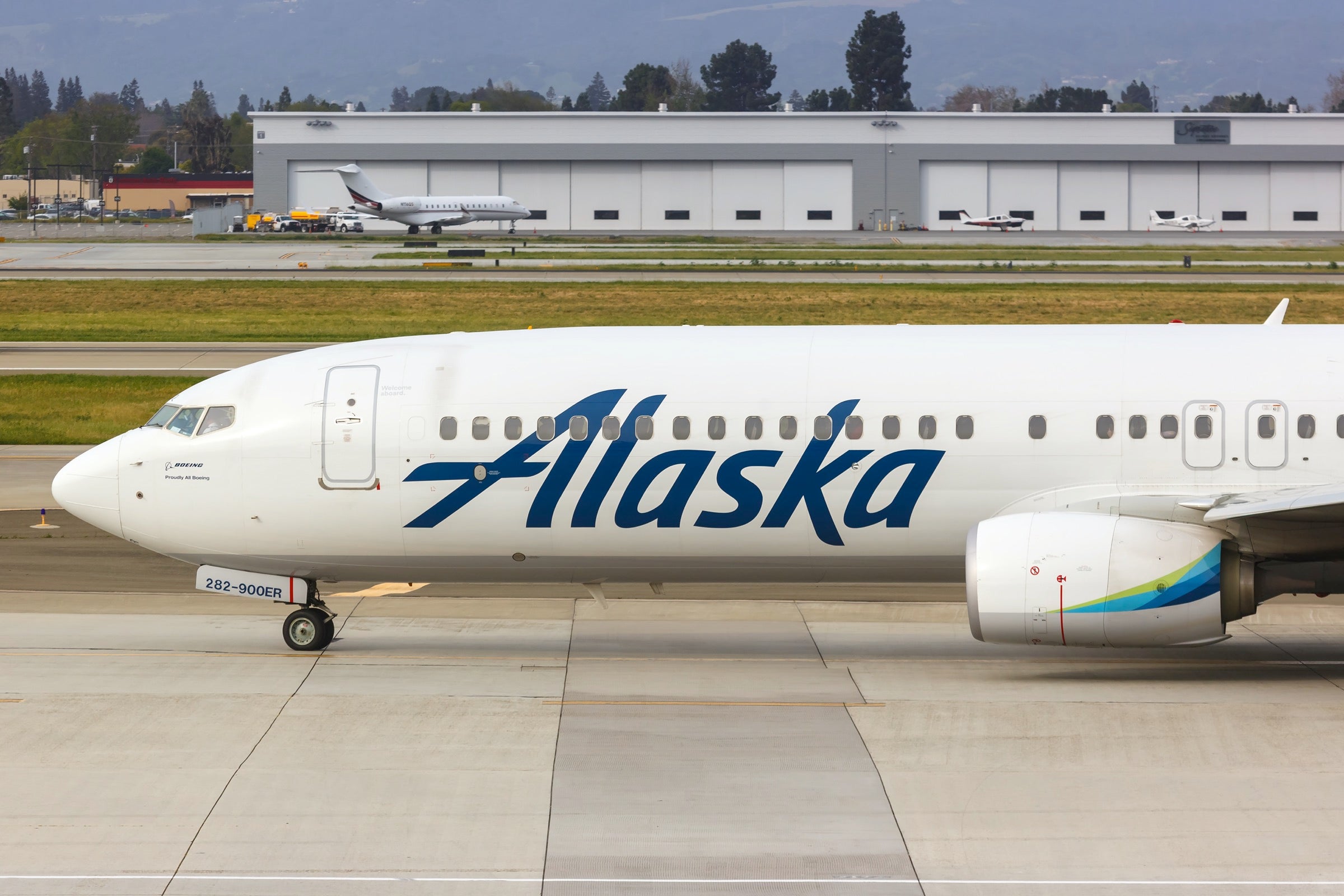
Oneworld is a tie between Alaska Airlines Mileage Plan and British Airways Avios.
Alaska Airlines Mileage Plan for long-haul premium flights
On one hand, Alaska Airlines Mileage Plan has an incredible award chart and offers great earning rates on its Oneworld partner carriers. Plus, its own flights still earn miles based on the flight’s distance, and the airline has a slew of non-alliance airline partners like Icelandair and Singapore Airlines. Its earning rates on American Airlines flights are good too, with the lowest fare classes earning 25% of miles flown.
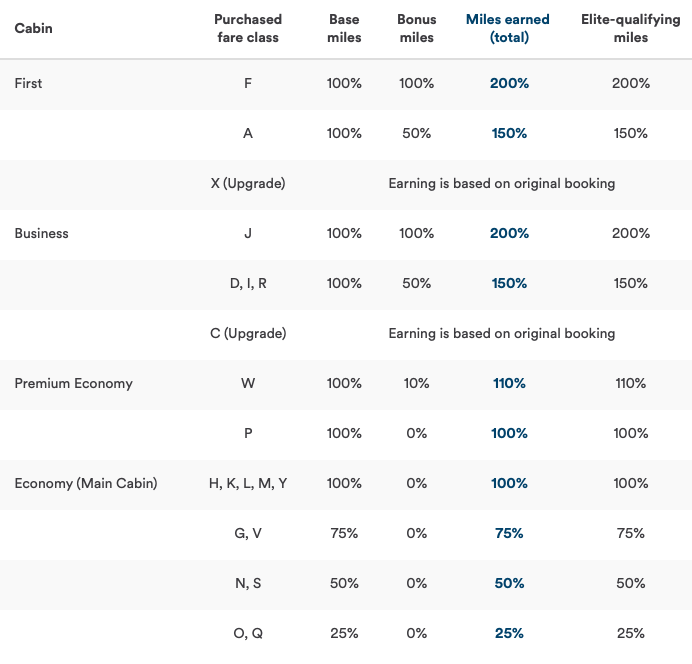
Another benefit of earning Alaska miles is its solid elite-status program. Those flying a mixture of American and Alaska flights may find Alaska status more useful as you’ll earn more valuable miles and still have access to upgrades on American flights at the MVP Gold level or higher. Read our full guides to American and Alaska elite status to see which works best for your travel habits.
That said, the downside to Alaska is that you can’t transfer in points from any of the major credit card transferable points programs. Instead, you can only transfer points from Marriott Bonvoy to Alaska Airlines Mileage Plan at a 3:1 transfer ratio, with 5,000 bonus miles awarded for every 60,000 Marriott points transferred.
Alaska has standard award charts for partner award tickets and it’s best for international award tickets in first and business class. Some of my favorite redemptions are for Cathay Pacific and Japan Airlines first class. On Cathay Pacific, you can redeem just 50,000 and 70,000 miles for a one-way business- or first-class ticket from the U.S. to Asia, respectively. Better yet, you can add a free stopover to all Alaska award tickets.
British Airways Executive Club for occasional Oneworld flyers
If you don’t fly enough to earn the miles required for an award ticket, you may want to credit your Oneworld flights to British Airways Executive Club instead. The program brands miles as Avios and flyers earns them based on mileage flown and fare class. American Airlines flights earn as few as 25% Avios based on distance flown in basic economy, while the airline’s Flagship first-class tickets earn 150% of miles flown.
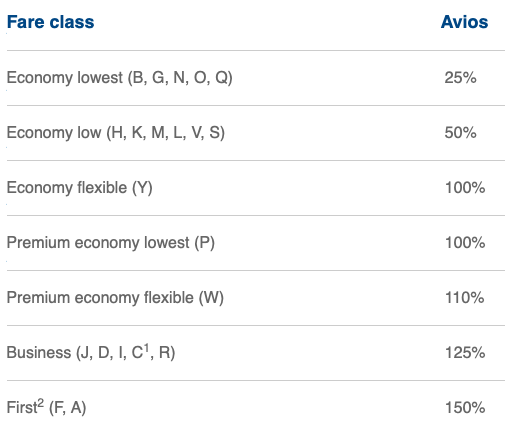
The biggest upside to earning Avios is that you can transfer American Express Membership Rewards points, Capital One Rewards miles and Chase Ultimate Rewards points to British Airways Avios. This makes it easy to top up your account if you don’t earn enough Avios for an award ticket from your usual flying, ensuring you don’t have miles stranded in the program.
You can use your Avios for some solid redemptions too. My favorite way to redeem BA Avios is on short-haul domestic flights on American and Alaska. The program has a reasonably priced distance-based award chart, with awards under 651 miles costing just 7,500 Avios. That said, it isn’t as good as Alaska Airlines Mileage Plan or even American Airlines AAdvantage for long-haul business-class awards. Read our full guide to the BA award chart for more info.
Related: Book this, not that: Oneworld award flights
Best loyalty programs to credit SkyTeam flights

SkyTeam is a bit more straightforward. If you usually fly Delta and/or want to redeem your miles for domestic flights, you should continue crediting flights on Delta and its partners to the Delta SkyMiles program.
Delta SkyMiles for ease of earning and inexpensive domestic awards
The program awards miles based on the price paid for Delta flights, but on distance for partner awards. At the same time, it offers great redemption rates on inexpensive domestic flights despite having ultra-dynamic award pricing. For example, you can often book flights from New York (LGA) to Washington Regan (DCA) for just 5,000 SkyMiles and $5.60 in taxes each way. You’ll find the same pricing on other domestic routes too.

Partner earning rates are good, too. Flights on most of Delta’s airline partners earn at least 25% of mileage flown, including Aeromexico, Air France and KLM, among other popular carriers. Plus, you’ll earn Medallion Qualification Miles and Medallion Qualification Dollars based on distance flown, which is helpful for earning Delta elite status on the cheap. Speaking of elite status, remember that SkyMiles award tickets earn elite-status metrics through 2022.
Air France-KLM Flying Blue for long-haul awards
Those hoping to redeem miles on long-haul business-class flights or earn miles on Delta based on distance flown will want to credit flights to Air France-KLM Flying Blue.
This program also has dynamic pricing for all award tickets, but usually has better pricing than Delta SkyMiles for international business-class tickets on its own flights. For example, it’s not uncommon to find transatlantic business-class tickets for 53,000 miles one-way with moderate taxes and fees.

You’ll earn a minimum of 20% of mileage flown on Delta flights, including on basic-economy fares. Other carriers earn a similar minimum, and you’ll find nearly identical earning rates to SkyMiles for standard economy- and business-class tickets on other SkyTeam carriers.
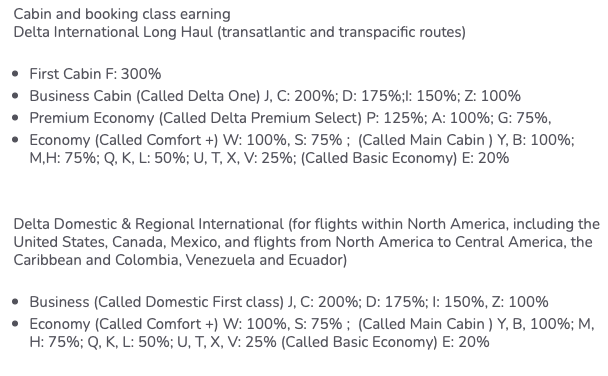
Like Oneworld, do your research to see which of these programs works best for your needs. But as a general rule of thumb, I recommend earning Delta SkyMiles if you redeem miles for domestic award tickets and aren’t booking super cheap paid Delta tickets. On the other hand, Flying Blue is best for redeeming for international business class and for crediting miles from low-cost Delta flights.
Related: Book this, not that: SkyTeam award tickets
Best loyalty programs to credit Star Alliance flights
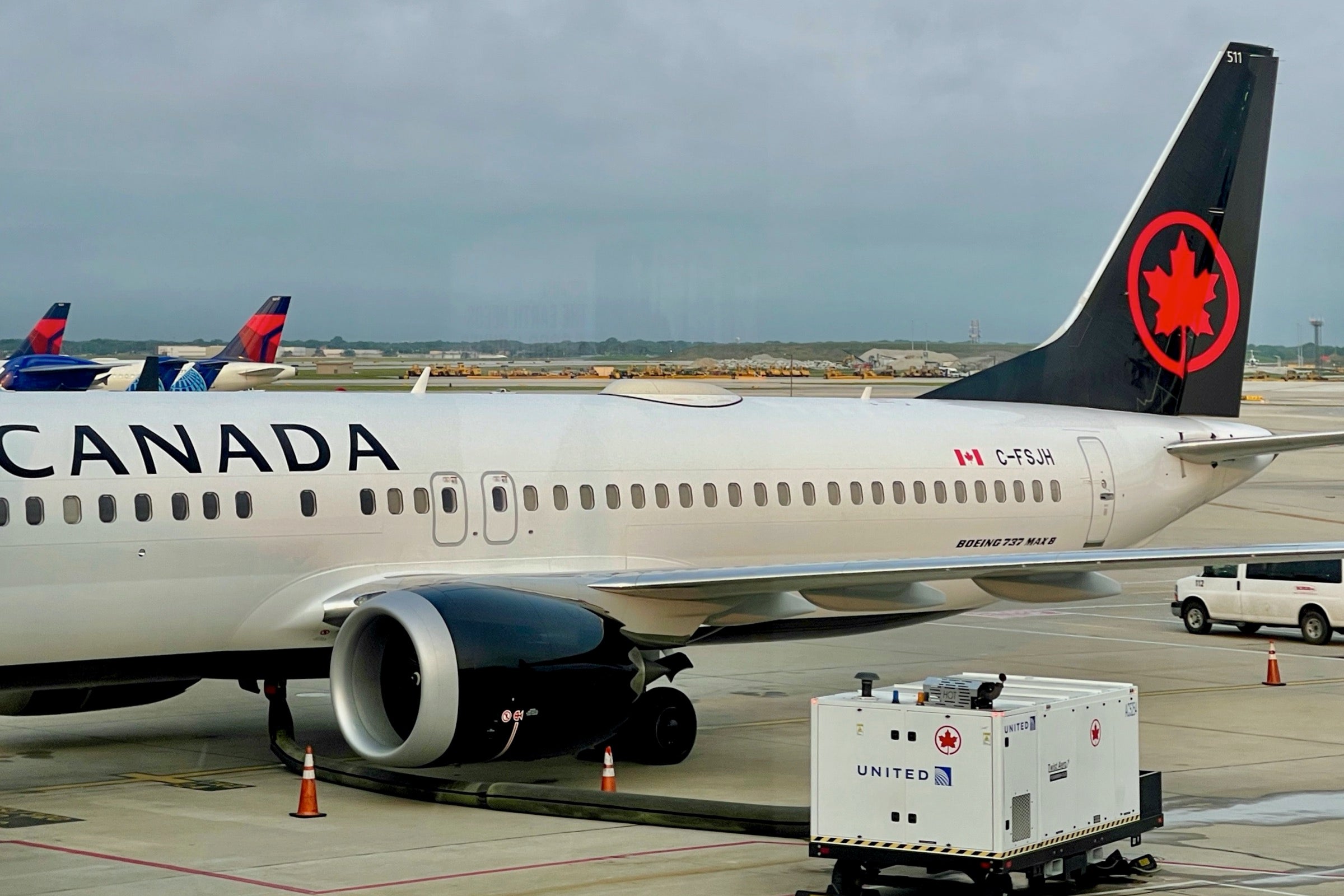
Aeroplan is my top choice for crediting Star Alliance flights, though you might also consider Turkish Miles&Smiles.
Aeroplan for strong earning and a solid award chart
The program has undergone quite a few changes over the years: It revamped its award chart, removed fuel surcharges and added new credit card transfer partners. It’s also added positive features like inexpensive stopovers on one-way award tickets.
On United tickets, Aeroplan earns 25% of miles flown on basic-economy tickets up to 150% on business-class tickets, both international and domestic. Those are solid earning rates — and your points can really add up, especially on longer tickets. In particular, this is potentially extremely lucrative when flying low-cost long-haul United basic-economy tickets.
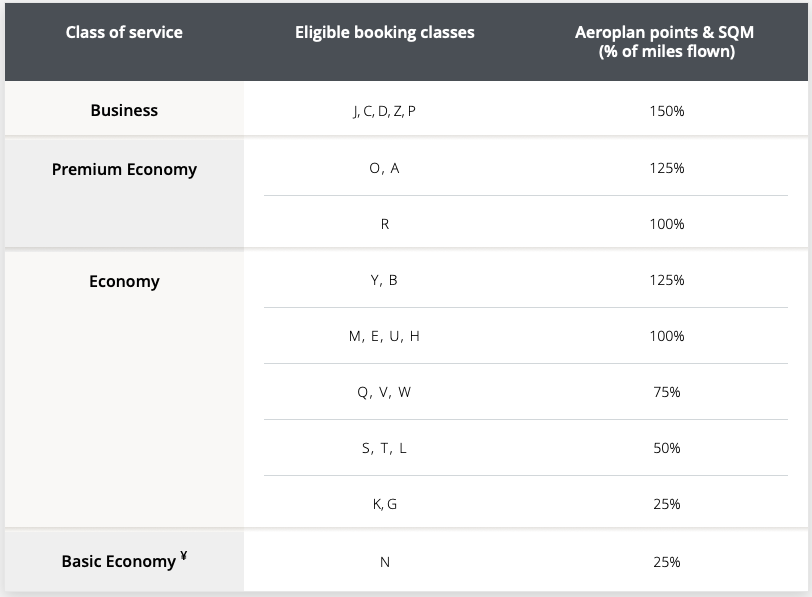
Another upside to earning with Aeroplan is its solid award chart (PDF link). The new award chart takes a hybrid approach to region- and distance-based award pricing. Simply find the award chart that matches your start and end region, and then calculate the distance between the two cities to find your award cost.
Plus, you can add a stopover for 5,000 extra points on a one-way award. For example, you could book New York-JFK to Frankfurt, Germany (FRA), stay for a few days, and then continue to Dubai (DXB). This ticket costs just 90,000 points in business class, including the stopover. Just note you’ll have to call Air Canada to actually book tickets with stopovers.
You can currently transfer American Express Membership Rewards and Chase Ultimate Rewards points to Aeroplan at a 1:1 transfer ratio and Capital One Rewards miles to Aeroplan at a 2:1.5 transfer ratio. Of course, you can also transfer Marriott Bonvoy points at a 3:1 transfer ratio, with a 5,000-mile bonus awarded for every 60,000 Marriott points transferred.
Turkish Airlines Miles&Smiles for even cheaper awards (with a catch)
You might also want to consider Turkish Airlines Miles&Smiles. This program has a slightly better earning rate on United flights, with basic-economy tickets earning 50% of miles flown. It also has streamlined earning rates for other economy tickets but variable earning for business-class tickets: between 100% and 150%, based on your fare class.

The benefit of crediting flights to Turkish is being able to take advantage of its top-notch award chart. United domestic economy tickets — even those to Hawaii — cost 7,500 miles in economy and 12,500 in business class each way. This can be an excellent deal on transcontinental business-class tickets in United Polaris business class, and on all flights to Hawaii.
Note that Turkish Airlines’ doesn’t list correct prices for many partner awards on its award chart, but these prices show up on its booking engine and are bookable.

The downside of crediting to Turkish is that you have limited earning options. You can transfer Citi ThankYou points to the program at a 1:1 transfer ratio, Capital One miles at a 2:1.5 ratio and Marriott Bonvoy points at the standard ratio of three Marriott points to one Miles&Smiles mile. Keep this in mind if you decide to credit your flights to the program as it could make it more difficult for you to earn enough points to book an award.
Related: Book this, not that: Star Alliance award tickets
Bottom line
There is no one best option for crediting paid flights with each alliance. Instead a couple of the best options presented here have their own respective pros and cons. Remember to look for a partner that earns the highest rate on the flights you take the most, has good redemption rates on your preferred redemptions and accepts transfers from your preferred transferable points programs.
Feature photo by Anton_Ivanov/Shutterstock.com.

